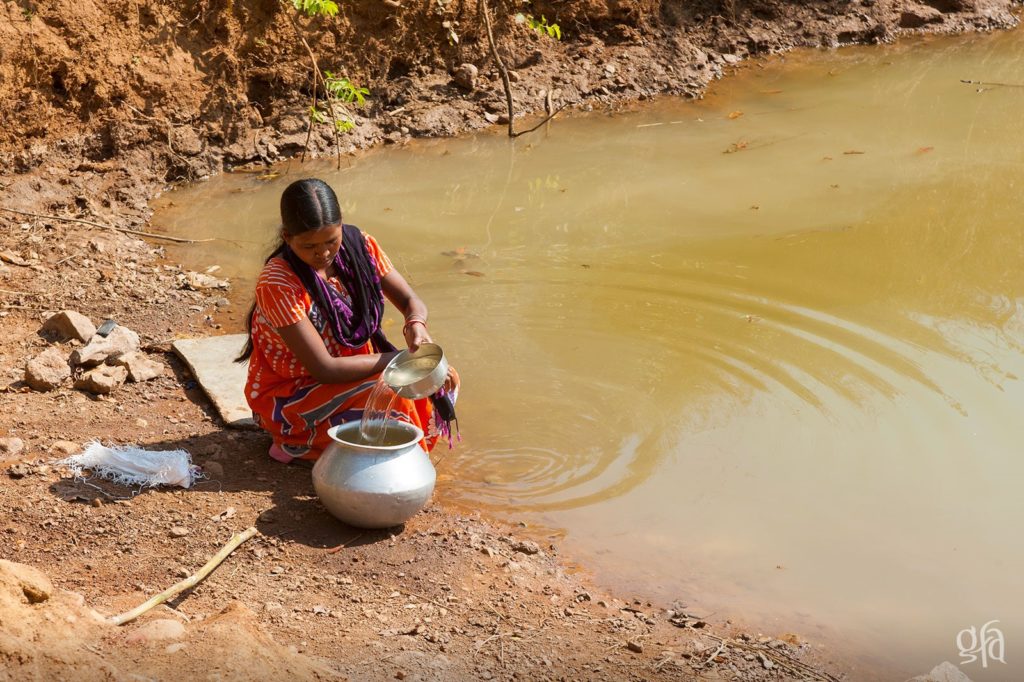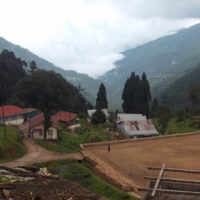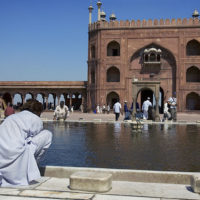VIENNA – The world water crisis is real. More than 2.3 billion people live in water-scarce areas. While the crisis may not affect you personally, about one-third of the world’s population contends with water scarcity daily.
Water stress occurs when less than 1,500 cubic meters of water per year are available to residents of any defined area.
Water scarcity occurs when the available water supply is or becomes less than 1,000 cubic meters per person per year.
Absolute water scarcity is when less than 500 cubic meters are available.
It is difficult for most of us to envision the volume of water in cubic meters. So, let’s think in terms of bathtubs.
- 1,500 cubic meters (stress) is roughly equivalent to 7,500 bathtubs full of water
- 1,000 cubic meters (scarcity) is approximately 5,000 bathtubs full of water.
- 500 cubic meters (absolute scarcity) is about 2,500.
Science Daily and the United Nations Development Programme acknowledge that water scarcity is driven by increased freshwater use by a growing population.
What is less often said publicly is that population growth is not the reason for water scarcity. The fact is that most countries “have enough water to meet household, industrial, agricultural, and environmental needs.”
The global water crisis is primarily a result of poor management of available water resources. In other words, the failure of most communities facing water stress is one of economic priorities. The water is available but the powers that be must be willing to invest in the infrastructure necessary to deliver clean water to their people.
Ironically, the Water Scarcity Clock clearly reveals that the extreme abundance of water stress and scarcity exists in the underdeveloped countries in the 10/40 window that stretches across Africa, the Middle East, and Asia.
Stop. Reread those last two paragraphs. “Underdeveloped” indicates an area that lacks the infrastructure to sustain its population. For example, China may boast the largest economy in the world, yet 311 million Chinese live under absolute water scarcity. That’s more than one-third of its entire population. Economically advanced? Yes, but lacking the infrastructure to give its people immediate access to clean water.
There is something wrong with that picture. Yet, it is the same story across the entire 10/40 Window. Some countries simply don’t have the financial resources to build the necessary infrastructure. Others have the capacity and capability but use little of either to serve their own underserved citizens.
Many NGOs, most notably Gospel for Asia among the faith-based, and its affiliates like Gospel for Asia Canada, have endeavored to provide improved access to clean water throughout the regions where they serve.
In 2016, GFA gifted 6,822 Jesus Wells at the cost of over $9.5 million to communities otherwise without potable water. Serving about 300 people per well, the wells provide free access to clean water for more than two million people. In 2018, GFA completed an additional 4,712 Jesus Wells, serving another 1.4 million people. This could not have been accomplished without sacrificial gifts from the generous public totaling another $6.6 million.
If the world water crisis is going to be resolved, it will be because Christians and kind-hearted people have chosen to give of their own resources to provide clean water distribution systems where the people are underserved.
Click on this link to learn more about Gospel for Asia’s Clean Water Initiative and how you can support this vital program.
To read more news on Global Water Crisis on Missions Box, go here.
Sources:
- World Data, 10 Most Important Water Scarcity Facts
- World Water, The World Water Clock
- World Data, Water Scarce Countries: Present and Future
- Science Daily, Water Scarcity
- World Water Council, Water Crisis: Towards a way to improve the situation
Image Source:
- Gospel for Asia, Photo of the Day





